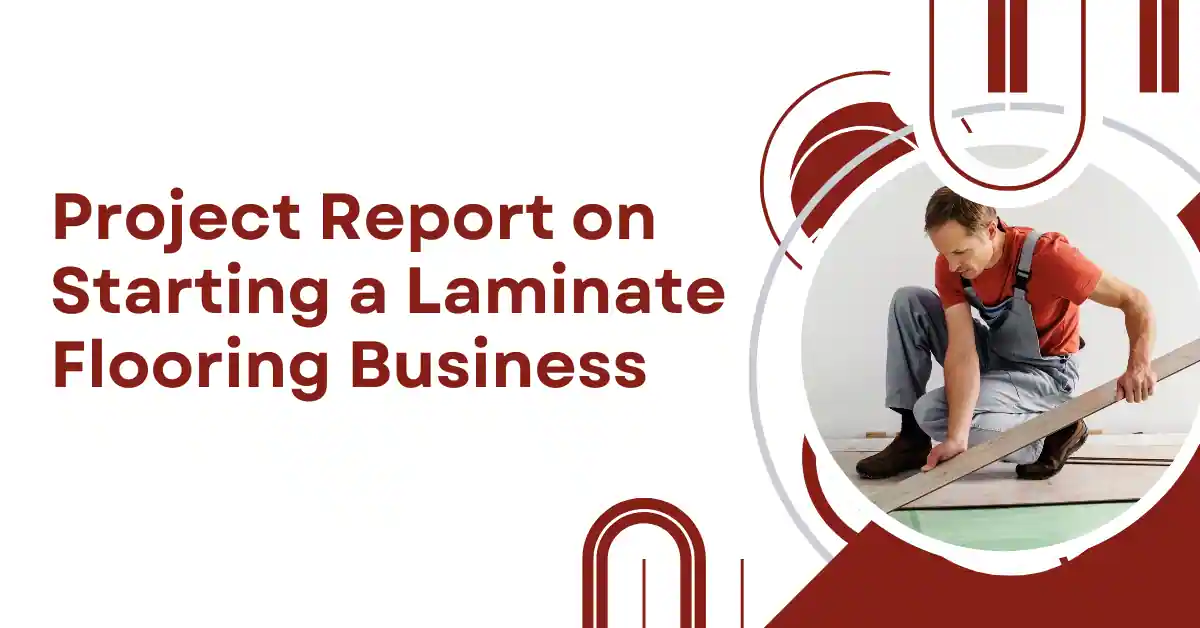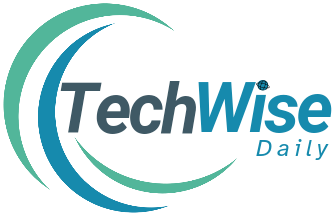Table of Contents
ToggleMarket Research
Growth Trends in the Laminate Flooring Industry
The global demand for laminate flooring is projected to increase due to its affordability and stylish options that mimic natural materials. This trend is driven by a rising interest in home improvement and cost-effective design solutions.
Business Overview
Business Objectives
The primary objectives of this business are to establish a reputable brand, meet customer demands for high-quality flooring, and achieve profitability within two years.
Product Range
Types of Laminate Flooring Offered
Our product lineup will include:
- Wood-look laminate – for a natural, rustic appeal.
- Stone-look laminate – providing a sleek, modern look.
- Tile-look laminate – for those who want an alternative to traditional tiles.
These products will be available in various finishes and textures to cater to diverse preferences.
Target Market
Customer Demographics and Preferences
Our target customers include homeowners, interior designers, and real estate developers looking for durable and stylish flooring options. We will focus on urban areas with high demand for modern design elements.
Business Model
Revenue Streams and Distribution Channels
Revenue will be generated through direct sales, online platforms, and partnerships with local retailers. Additional services like installation and extended warranties will further boost revenue.
Competitive Analysis
Understanding Major Competitors and Market Positioning
The market is competitive, with established brands dominating the sector. Our business aims to stand out by offering high-quality products at competitive prices, combined with excellent customer service.
Marketing Strategy
Branding and Promotional Initiatives
Our marketing approach will include:
- Social media marketing to engage directly with consumers.
- Collaborations with interior design influencers to increase visibility.
- In-store and online promotions to drive sales.
An informative website with a product catalog will also play a key role in our promotional efforts.
Sales Strategy
Sales Channels and Pricing Model
Our sales approach will leverage partnerships with retail stores, e-commerce platforms, and business-to-business contracts tailored to real estate developers
Our pricing strategy will remain competitive with discounts on bulk orders for B2B clients.
Financial Projections
Revenue Goals and Cost Analysis
The business aims to generate $500,000 in revenue in the first year, targeting a profit margin of 15-20%. Initial costs will cover inventory, marketing, and operational expenses.
Operational Plan
Daily Operations and Resource Allocation
Operations will involve efficient inventory management, prompt sales processing, and robust customer support. Key resources include a trained sales team, warehousing staff, and dedicated customer service agents.
Risk Analysis
Identifying Risks and Mitigation Measures
Potential risks include market competition, fluctuations in material costs, and supply chain issues. Mitigation measures include diversifying suppliers and maintaining a flexible pricing strategy to adapt to changes.
Legal Considerations
Licensing and Compliance
The business will acquire the necessary permits and adhere to environmental and safety regulations to ensure compliance and industry credibility.
Environmental Impact
Sustainability Practices
To minimize environmental impact, we will use eco-friendly materials, recyclable packaging, and implement waste-reduction practices in manufacturing.
Conclusion
Starting a laminate flooring business offers substantial opportunities in the home improvement industry. By focusing on quality products, sustainability, and exceptional customer service, the business can build a trusted brand and achieve significant growth.
FAQs
Q1: What are the initial setup costs for a laminate flooring business?
Initial costs include inventory procurement, marketing expenses, and employee salaries.
Q2: How can this business stand out among competitors?
By offering unique styles, top-notch customer service, and quality products at competitive prices.
Q3: Is laminate flooring an eco-friendly choice?
Yes, many laminate options use recycled materials, making them a more sustainable flooring option.
Q4: What are the primary sources of revenue?
Revenue will come from product sales, installation services, and additional service packages like extended warranties.
Q5: How does laminate flooring differ from hardwood?
Laminate is an affordable, low-maintenance alternative to hardwood, available in a wide array of designs and finishes.





